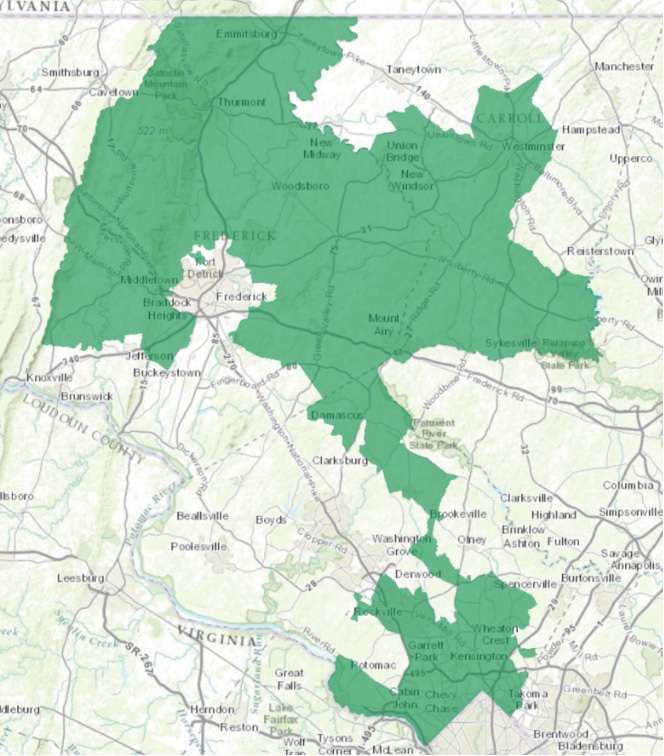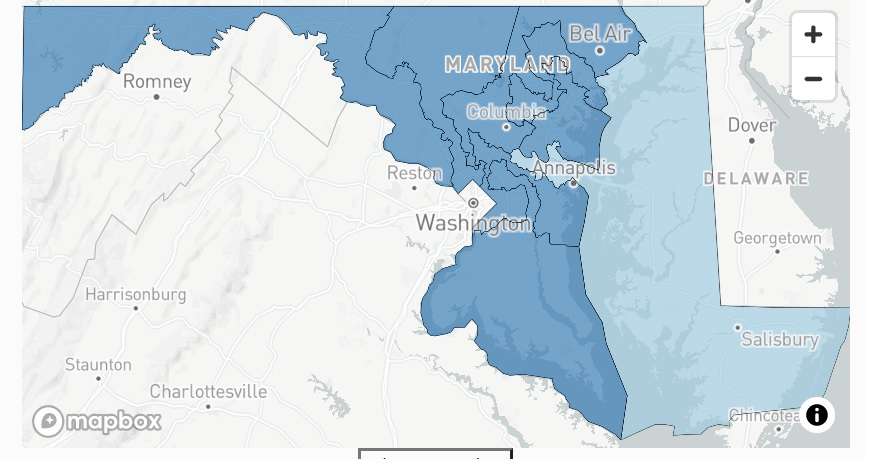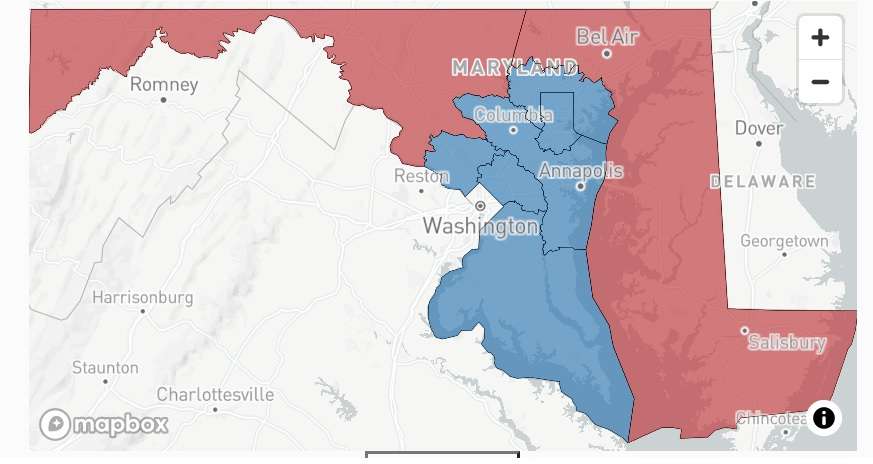Rep. Jamie Raskin (D–Md.) Here are some thoughts on gerrymandering by Rep. Jamie Raskin (D-Md.)
Raskin submitted an explanation to the U.S. Supreme Court when it reviewed Wisconsin’s congressional districts map. AmicusHe makes a brief plea to the court for it “to end partisan gerrymandering.” He’s claimed on Twitter that “gerrymandering empowers political minorities to redistrict political majorities into near-oblivion,” issued an official statement claiming that “Republican state legislators…have perfected the art of redistricting for the goal of destroying the political opposition,” and introduced a bill in Congress that would force states to use nonpartisan panels to redraw political district lines.
Raskin’s critics tend to be right for the most part. In many cases, the outcome of future elections will be influenced by partisan efforts to create shabby congressional districts. The majority of state lawmakers control redistricting every ten years. They are driven to create maps that will allow their team to win the most districts.
That’s how you end up with districts like look like—well, sort of like Raskin’s own congressional district in Maryland:

In their current (soon-to-be-replaced) form, Maryland’s congressional districts are some of the most gerrymandered in the entire country. Azavea, a mapping company in 2012, rated the current map as having the most compact set of district in the nation. The only way to tell if a particular district is gerrymandered is by measuring its compactness. While it may be imperfect in some cases, it’s generally an acceptable metric. Raskin’s eighth district is actually one of the state’s least-bad districts—the current third district and sixth district were two of the nine least-compact districts in America when they were drawn, according to Azavea.
All the zigzagging districts lines helped Democrats win seven out of eight state congressional seats. This was in addition to the five election results since 2011. Yes, Maryland is a blue state, but gerrymandering has exaggerated the Democratic edge—or, as Raskin might say, it has helped push Maryland’s political minority into near-oblivion.
The state’s congressional map will soon be even more gerrymandered.
On November 23, the Maryland Legislative Redistricting Advisory Commission voted to approve preliminary approval of one map drawn by Maryland lawmakers. This map will give Democrats an electoral edge. all eighta Maryland deep-blue Baltimore/Washington corridor to ensure that almost all the state’s congressional districts incorporate some of it.

You can find the map here FPrinceton Gerrymandering Project, which rates congressional maps on factors such as partisan fairness, geographic compactness, or other variables. A failing grade is given to the Maryland map due to its lack of compactness as well as for political favoritism.
According to the group, a fairer map would allow Democrats to win in at least five of six districts.
This map actually was created by the Maryland Citizens Redistricting Commission. It consisted of three Republicans, three Democrats and three unaffiliated Marylanders. When compared with the state legislature’s recommendation, this map makes perfect sense. Districts make geographic sense and areas of Maryland that have more Republicans (the Eastern Shore) and western panhandle are placed into districts which will reflect the local politics. An illustration of the map was created by Princeton Gerrymandering Project. grade.

Maryland Governor. Larry Hogan (a Republican) says he would veto congressional maps that are significantly different from those drawn by the citizens commission. But Annapolis Democrats have large enough majority to override him objection.
Maryland’s current situation isn’t unique. Princeton Gerrymandering Project just handed over FGrades to the proposed congressional maps for Illinois and North Carolina, drawn by Democrats. Redistricting in both these cases and many other states is going as it does every time: For nakedly political power grabs, ideals such as fairness, respect for democratic principles, and transparency are being ignored.
Yet, Maryland’s proposed highly gerrymandered map provides at least three lessons on the high stakes battles for America’s congressional maps.
First, it means it is well past time to abandon the ridiculous claim that only Republicans engage in gerrymandering—a claim that’s been advanced not only by Democrats like Raskin but even by The New York Times recently. Republicans were guilty of some of most outrageous gerrymandering in the 2011 redistricting, but this was mostly because of their enormous control over the state capitals.
Although it is true that Democratic voter gerrymanders can be a little more difficult to achieve, the party’s political coalition tends not to be concentrated in large cities. This makes them easy targets to “pack” deep blue votes sinks. It’s possible, Maryland’s state legislators are showing.
A second indication is Maryland’s redistricting this year that it might be beneficial to remove state legislators. Although supposedly nonpartisan, redistricting committees are known for having a mixed record and it’s likely that there is no way to completely remove politics from the process. This redistricting cycle will give us a chance to see if there is a substantial sample of states who have implemented reforms. This will serve as a guideline in the future.
Maryland’s map-drawing commission has proven to be superior than that of state legislators. This may not be true because legislators are the ones who have final authority.
Maryland’s muddled map shows that concerns about America’s democracy may sometimes just be partisan, hypocritical ploys. Republican attacks on the foundations of the democratic process are a serious concern, of course, but partisan gerrymandering undermines the legitimacy of elections too—by allowing candidates to pick their voters rather than the other, proper, way around.
It also means less competitive elections and an unfavorable political environment for the fringes of each major party. Michael Li is a senior counsel for Brennan Center for Justice. This public policy non-profit is located at New York University’s Law School. These harms should not be ignored just because gerrymandering seems more common and normal.
Remember Raskin, the supposed gerrymandering-reformer who hails from a district that is itself deeply gerrymandered? He is surely a harsh critic of the bizarrely partisan Maryland Democrats proposal being advanced in Annapolis.
Jacob Wilson, Raskin’s press secretary said that the congressman does not comment on redistricting at the moment. Bethesda Magazine reported last month.
It’s all good.

